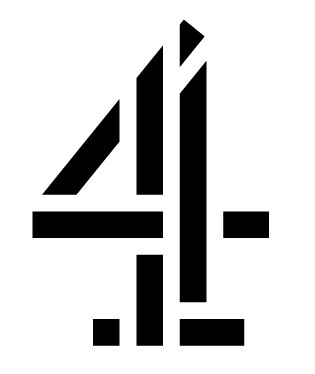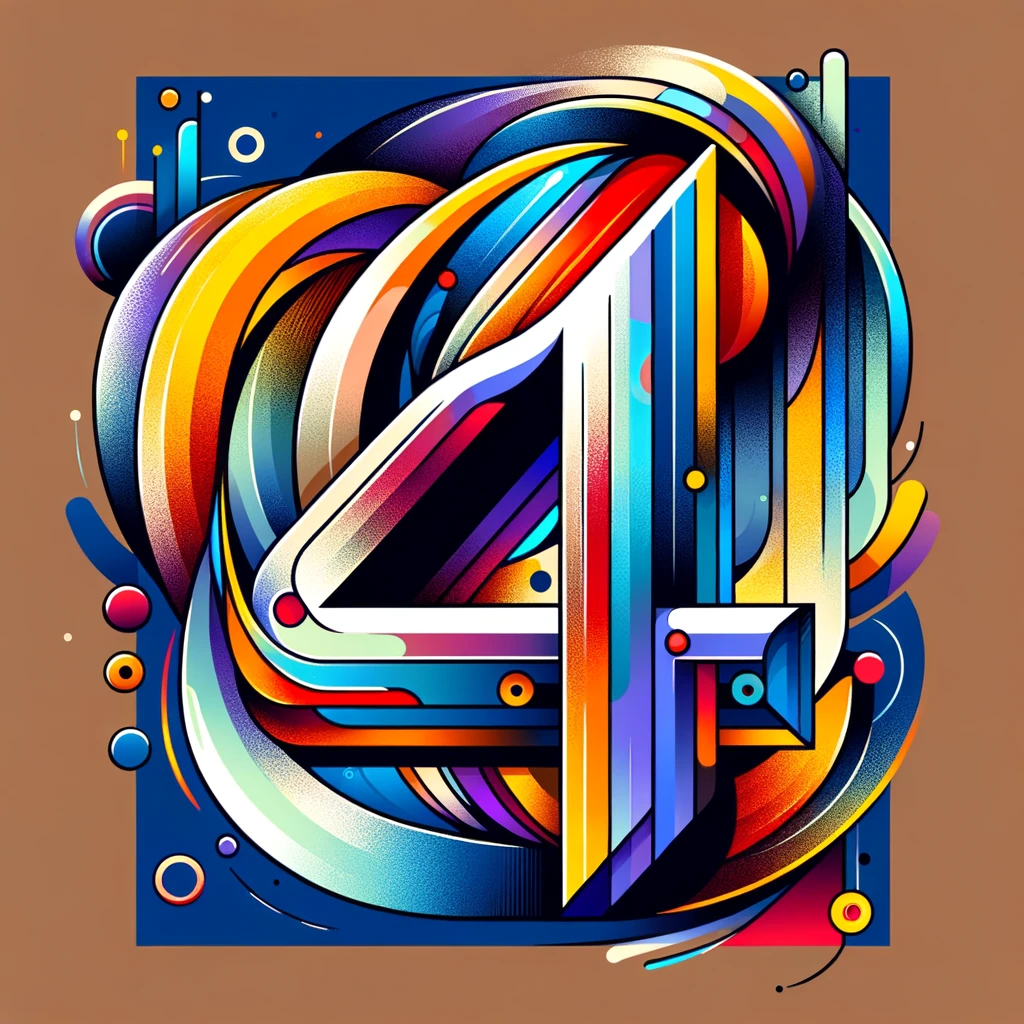We are sometimes asked whether it is possible to trademark a number. The short answer is that numbers are like any other trademarks. There is nothing that inherently prevents them from being registered, if they satisfy the same registration criteria as other types of trademarks. In fact, there are many famous trademarks that consist only of a numbers, like Levi’s famous 501 or the convenience store chain 7-Eleven.
Numbers as trademarks
In many countries, EU included, the basic definition of a trademark makes a reference to numerals being registrable as trademarks.
Article 4 of the EU trademark regulation states that “EU trade mark may consist of any signs, in particular words… letters, numerals, colours…” provided that they are considered distinctive. The EU court has also confirmed that a trademark can consist solely of numbers.
Just like with other types of trademarks, numbers can only function as trademarks provided that they are distinctive and do not describe a product.
Some considerations for number trademarks
A trademark cannot be registered if it consists “exclusively of signs or indications which… designate the kind, quality, quantity, intended purpose, value, geographical origin or the time of production of the goods or of rendering of the service, or other characteristics of the goods or service”.
You might wonder how a number can describe a product or service. There are several ways, but here are some examples:
- 4.5 for beer describes its alcohol contents
- 2016 for wine describes its year of production
- 34 for trousers describes the waist size
- 2.6 for cars describes the engine size
- 24 for laundry services describes that the service is open for business around the clock
- 6 for beer describes the package size (six-pack)
The general rule is that if the number in question can tell something meaningful about the product or service, or their characteristics, it cannot be registered as a trademark. Even the number 0 can describe many products, it can for example convey the message that the product has zero alcohol or additives.
Similarly, number 1 conveys the idea of something being the best or of the highest quality. The descriptiveness of number 2 is evident if you think of a pack of Twix chocolate. In practice, numbers under 100 very often have some descriptive connotations or associations that prevent them from being registered, but each case must be assessed on its own merits.
Levi’s trademark 501 does not describe jeans in any meaningful way, so there is no reason that it cannot be a trademark.
How to make a number trademark more registrable
One option is to mix numbers and letters, like 3M, 7UP or Q8. If the combination has no connection to the goods and services, it can be registered as a trademark. Of course, sometimes descriptiveness can be an issue as well. For example, V8 for cars is directly descriptive of the type of engine the car has, whereas 5G in the context of telecommunications directly describes that the product or service uses the fifth generation mobile network technology. Generally, though, a combination of letters and numbers make good trademarks.
Another way to make a trademark more registrable is to make it highly stylised. For example, the logo of 7-Eleven is clearly very unique and inherently registrable. Another good example is UK’s Channel 4. The number 4 has been registered as a trademark. For broadcasting services, number 4 is descriptive, but it has been registered in a stylised way, shown below.

Conclusion
While numbers can be protected as trademarks, surprisingly often there is a connection between the number and the product or service in question. This connection might not be obvious at first glance, many many intellectual property offices are quite “good” at finding a descriptive meaning for a number.
If you want to use a number as a trademark, make sure it has no connection to the goods and services you offer. Otherwise, the registration will most likely be refused.
Read more
How to assess a trademark’s descriptiveness
How to trademark an emoji?



